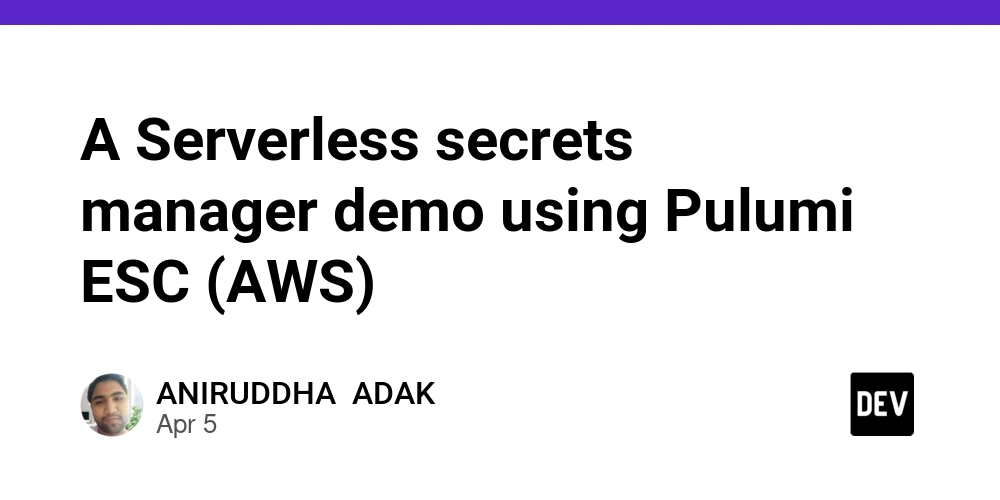Deploying a FastAPI + PostgreSQL App Using Google Cloud Run and Cloud SQL
Combining FastAPI with PostgreSQL gives you a powerful backend stack. When you deploy it on Google Cloud Run and use Cloud SQL as your managed database, you get scalability, security, and ease of maintenance. This guide will show you how to deploy a containerized FastAPI app connected to a Cloud SQL PostgreSQL instance on Google Cloud. Step 1: Set Up Cloud SQL for PostgreSQL In the Google Cloud Console, go to SQL and create a new PostgreSQL instance. Set a root password and database name (e.g., appdb). Create a new user and allow connections from Cloud Run by enabling the Cloud SQL Admin API. Step 2: Create the FastAPI App # main.py from fastapi import FastAPI import psycopg2 import os app = FastAPI() @app.get("/") def read_root(): conn = psycopg2.connect( dbname=os.getenv("DB_NAME"), user=os.getenv("DB_USER"), password=os.getenv("DB_PASS"), host=os.getenv("DB_HOST"), ) cur = conn.cursor() cur.execute("SELECT NOW();") time = cur.fetchone() cur.close() conn.close() return {"db_time": time} Step 3: Requirements # requirements.txt fastapi uvicorn[standard] psycopg2-binary Step 4: Dockerfile # Dockerfile FROM python:3.11-slim WORKDIR /app COPY . . RUN pip install --no-cache-dir -r requirements.txt CMD ["uvicorn", "main:app", "--host", "0.0.0.0", "--port", "8080"] Step 5: Deploy With Cloud SQL Proxy Sidecar You must connect Cloud Run securely to Cloud SQL using a Unix socket or TCP. Easiest way is to specify connection with an env var and bind it using --add-cloudsql-instances: gcloud builds submit --tag gcr.io/YOUR_PROJECT/fastapi-db-app gcloud run deploy fastapi-db-app \ --image gcr.io/YOUR_PROJECT/fastapi-db-app \ --add-cloudsql-instances=YOUR_PROJECT:REGION:INSTANCE_ID \ --set-env-vars DB_NAME=appdb,DB_USER=youruser,DB_PASS=yourpass,DB_HOST=/cloudsql/YOUR_PROJECT:REGION:INSTANCE_ID \ --platform managed \ --region us-central1 \ --allow-unauthenticated Security Tips Use Secret Manager for storing DB credentials securely. Limit DB user permissions to only necessary roles. Use Private IP connection to Cloud SQL for better security. Conclusion This stack gives you a powerful, serverless deployment of an async web app with a fully managed database. You get scalability, reduced operational burden, and seamless integration with Google Cloud tooling. If this helped, feel free to support my writing: buymeacoffee.com/hexshift

Combining FastAPI with PostgreSQL gives you a powerful backend stack. When you deploy it on Google Cloud Run and use Cloud SQL as your managed database, you get scalability, security, and ease of maintenance. This guide will show you how to deploy a containerized FastAPI app connected to a Cloud SQL PostgreSQL instance on Google Cloud.
Step 1: Set Up Cloud SQL for PostgreSQL
- In the Google Cloud Console, go to SQL and create a new PostgreSQL instance.
- Set a root password and database name (e.g.,
appdb). - Create a new user and allow connections from Cloud Run by enabling the Cloud SQL Admin API.
Step 2: Create the FastAPI App
# main.py
from fastapi import FastAPI
import psycopg2
import os
app = FastAPI()
@app.get("/")
def read_root():
conn = psycopg2.connect(
dbname=os.getenv("DB_NAME"),
user=os.getenv("DB_USER"),
password=os.getenv("DB_PASS"),
host=os.getenv("DB_HOST"),
)
cur = conn.cursor()
cur.execute("SELECT NOW();")
time = cur.fetchone()
cur.close()
conn.close()
return {"db_time": time}
Step 3: Requirements
# requirements.txt
fastapi
uvicorn[standard]
psycopg2-binary
Step 4: Dockerfile
# Dockerfile
FROM python:3.11-slim
WORKDIR /app
COPY . .
RUN pip install --no-cache-dir -r requirements.txt
CMD ["uvicorn", "main:app", "--host", "0.0.0.0", "--port", "8080"]
Step 5: Deploy With Cloud SQL Proxy Sidecar
You must connect Cloud Run securely to Cloud SQL using a Unix socket or TCP. Easiest way is to specify connection with an env var and bind it using --add-cloudsql-instances:
gcloud builds submit --tag gcr.io/YOUR_PROJECT/fastapi-db-app
gcloud run deploy fastapi-db-app \
--image gcr.io/YOUR_PROJECT/fastapi-db-app \
--add-cloudsql-instances=YOUR_PROJECT:REGION:INSTANCE_ID \
--set-env-vars DB_NAME=appdb,DB_USER=youruser,DB_PASS=yourpass,DB_HOST=/cloudsql/YOUR_PROJECT:REGION:INSTANCE_ID \
--platform managed \
--region us-central1 \
--allow-unauthenticated
Security Tips
- Use Secret Manager for storing DB credentials securely.
- Limit DB user permissions to only necessary roles.
- Use Private IP connection to Cloud SQL for better security.
Conclusion
This stack gives you a powerful, serverless deployment of an async web app with a fully managed database. You get scalability, reduced operational burden, and seamless integration with Google Cloud tooling.
If this helped, feel free to support my writing: buymeacoffee.com/hexshift












































































































































































![[The AI Show Episode 144]: ChatGPT’s New Memory, Shopify CEO’s Leaked “AI First” Memo, Google Cloud Next Releases, o3 and o4-mini Coming Soon & Llama 4’s Rocky Launch](https://www.marketingaiinstitute.com/hubfs/ep%20144%20cover.png)

















































































































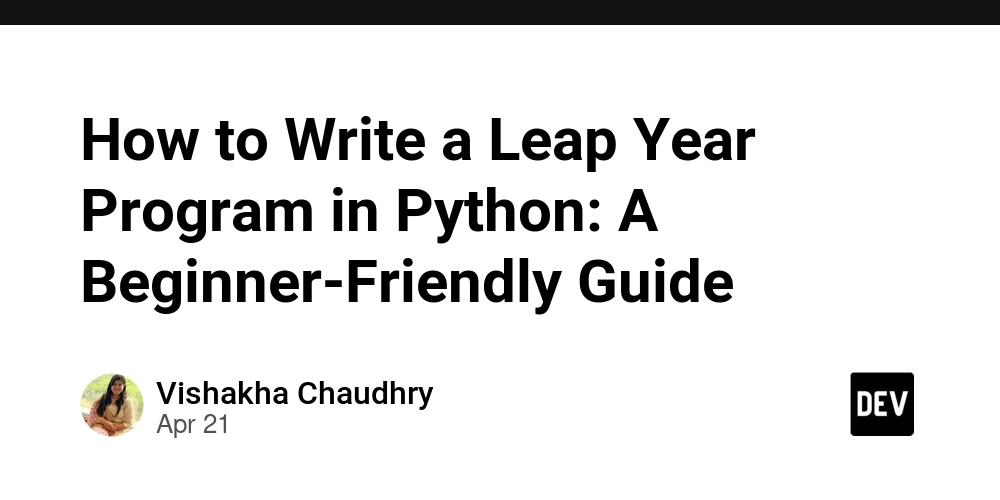
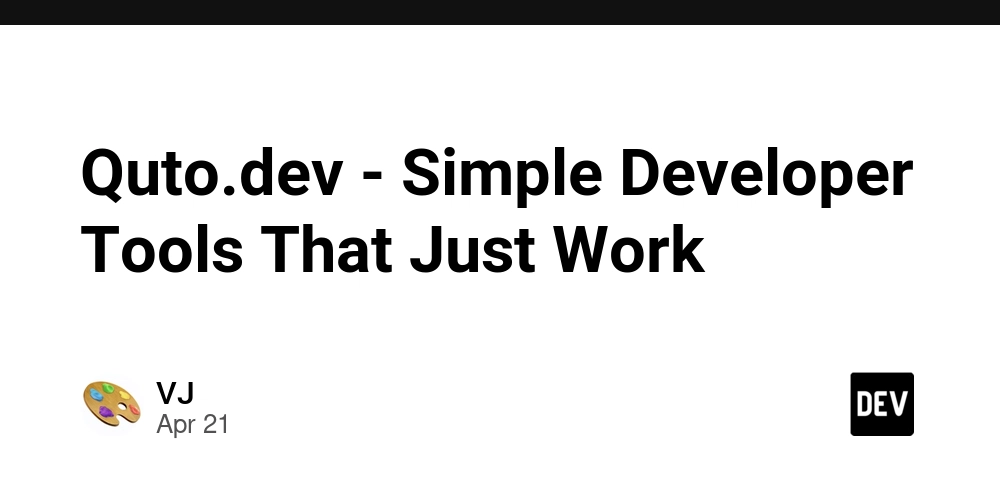














![From fast food worker to cybersecurity engineer with Tae'lur Alexis [Podcast #169]](https://cdn.hashnode.com/res/hashnode/image/upload/v1745242807605/8a6cf71c-144f-4c91-9532-62d7c92c0f65.png?#)
























![BPMN-procesmodellering [closed]](https://i.sstatic.net/l7l8q49F.png)























































































































_Tanapong_Sungkaew_via_Alamy.jpg?width=1280&auto=webp&quality=80&disable=upscale#)

_Andreas_Prott_Alamy.jpg?width=1280&auto=webp&quality=80&disable=upscale#)

.png?#)
















































































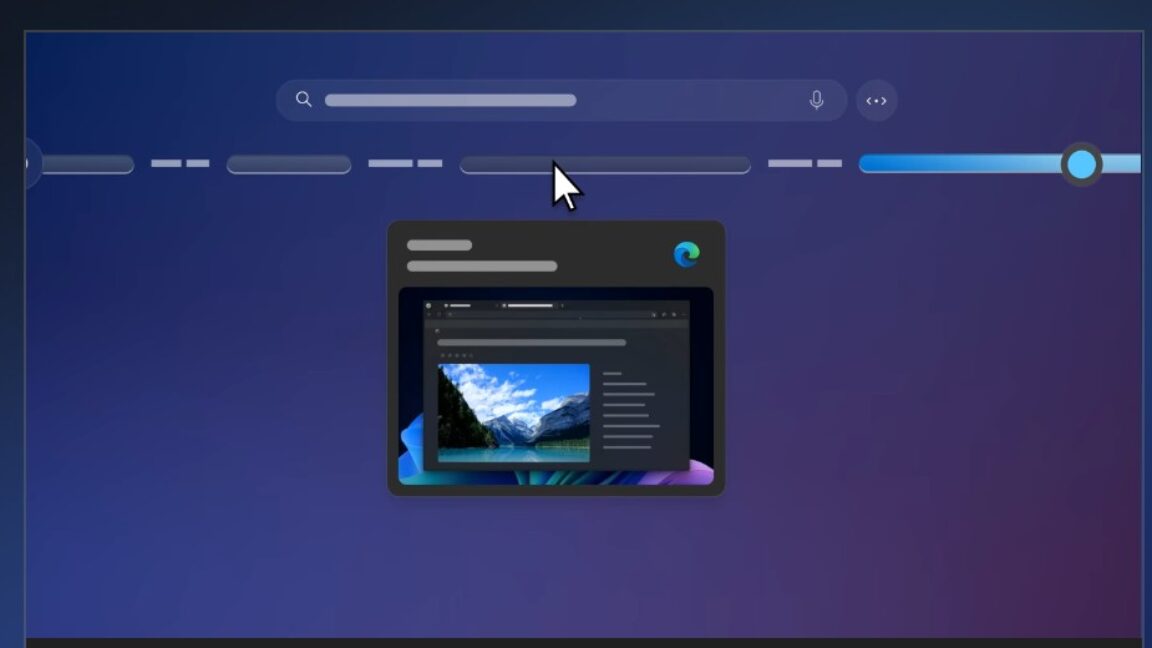








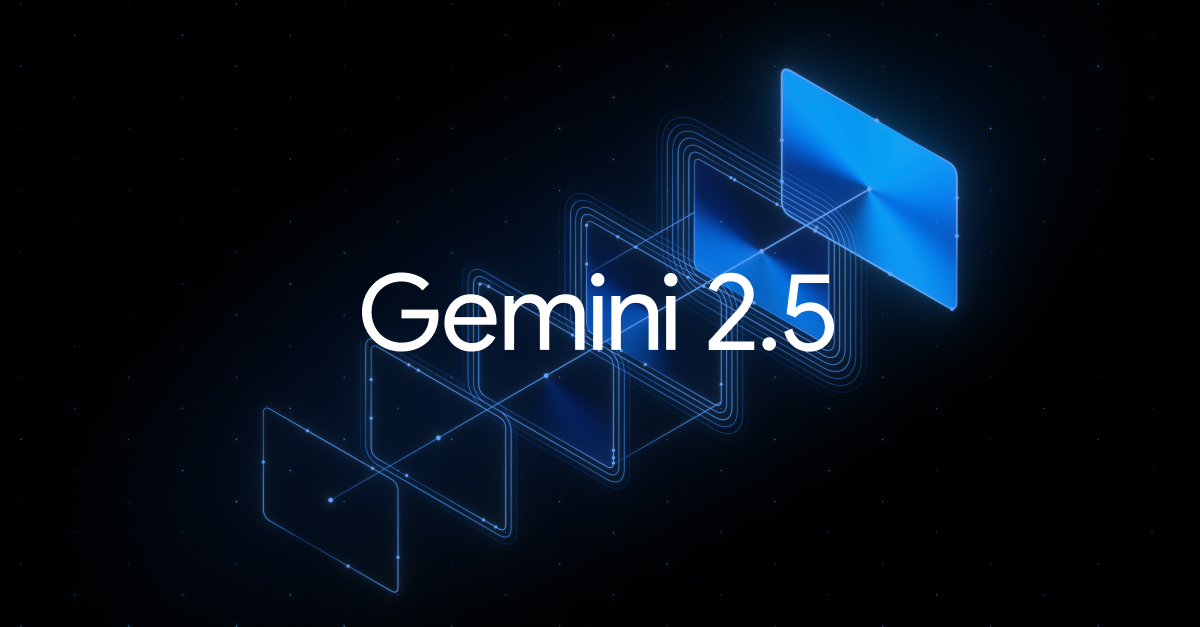








![CMF Phone 2 Pro has a dual-tone design and improved camera in latest teasers [Gallery]](https://i0.wp.com/9to5google.com/wp-content/uploads/sites/4/2025/04/cmf-phone-2-pro-camera-tease.jpg?resize=1200%2C628&quality=82&strip=all&ssl=1)

![Lenovo shows off its next 8.8-inch Legion Tab with vague AI promises [Gallery]](https://i0.wp.com/9to5google.com/wp-content/uploads/sites/4/2025/04/lenovo-legion-tab-y700-2025-1.jpg?resize=1200%2C628&quality=82&strip=all&ssl=1)












![Apple Shares New Ad for Photo 'Clean Up' With Apple Intelligence [Video]](https://www.iclarified.com/images/news/97074/97074/97074-640.jpg)
![Samsung Targets Late 2026 Launch for Advanced Texas Chip Fab Following Delays [Report]](https://www.iclarified.com/images/news/97073/97073/97073-640.jpg)

![Apple Shares Official Trailer for 'Long Way Home' Starring Ewan McGregor and Charley Boorman [Video]](https://www.iclarified.com/images/news/97069/97069/97069-640.jpg)















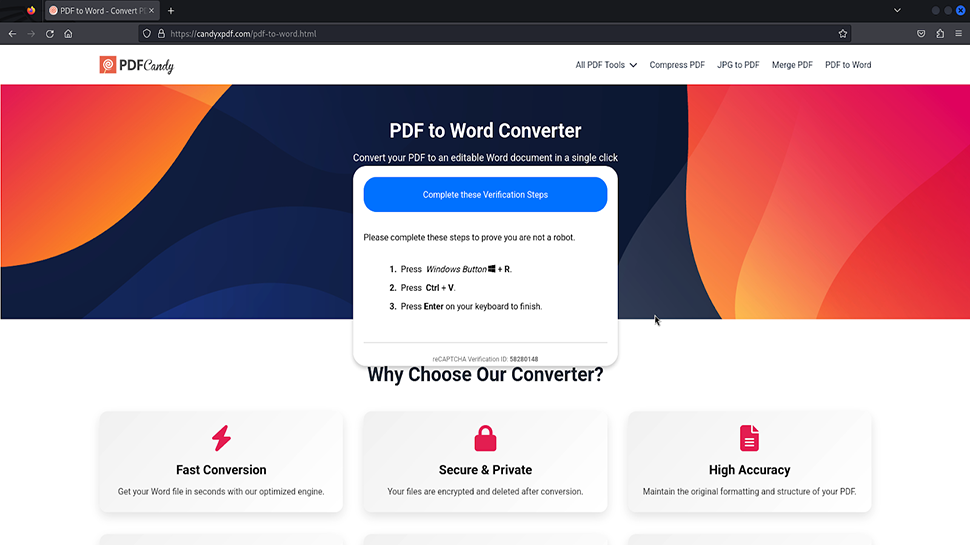












![Mobile Legends: Bang Bang [MLBB] Free Redeem Codes April 2025](https://www.talkandroid.com/wp-content/uploads/2024/07/Screenshot_20240704-093036_Mobile-Legends-Bang-Bang.jpg)
































































































